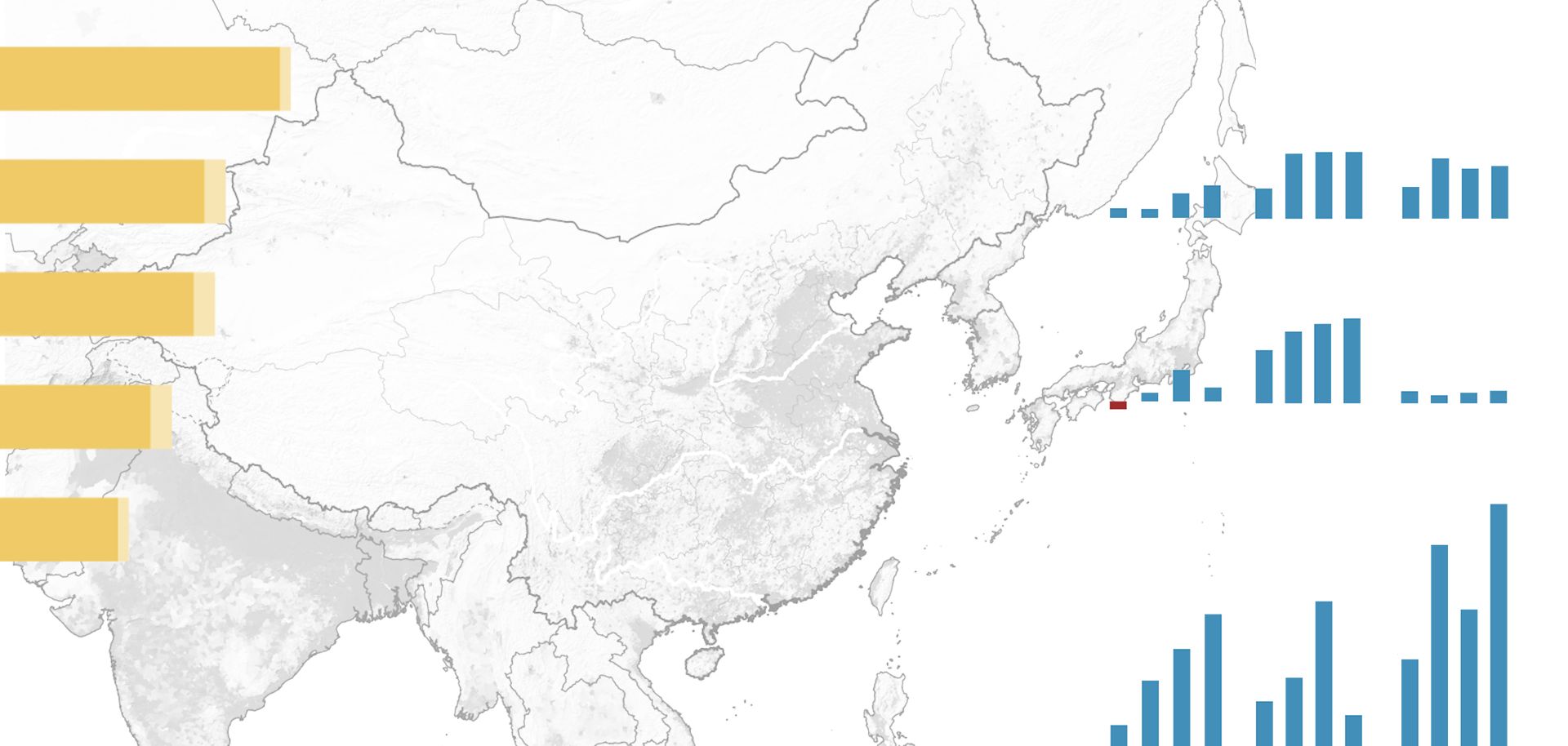
Encompassing El Salvador, Guatemala and Honduras, Central America's "Northern Triangle" is one of the world's most violent regions. The area saw 17,000 murders in 2015 alone. The region's weak governments have proved unable to stem the growth of gang-related organized crime. Substantial numbers of Salvadorans moved to the United States to escape the conflict and the poverty that persisted after their civil war, with almost 500,000 living in the United States by the 1990s, largely in the Los Angeles area. But violence would find them there too.
In response to the increased crime in Central American immigrant communities, the United States began deporting Salvadorans convicted of crimes — simultaneously exporting their criminal skills to El Salvador. A poor, corrupt country such as El Salvador proved no match for the deportees' gang culture, which they also exported to Honduras and, to a lesser extent, to Guatemala thanks to the lack of border controls between El Salvador and its two neighbors.
Homicides in El Salvador began trending upward starting in 1999. In response to the increase, San Salvador adopted tough anti-gang policies beginning in 2003. This in turn caused El Salvador's prison population to surge, with the number of gang members rising to 8,000 by 2008, double the 2004 figure. The increased numbers of prisoners translated into increased clout, with two archrival gangs MS-13 and Barrio 18 taking control of the prisons — directing extortion, human smuggling and kidnapping on the outside.
In light of these failures, San Salvador changed tack, and by 2012 it had brokered a truce between MS-13 and Barrio 18. Homicides had dropped considerably by then, but by 2014, the truce began falling apart. By 2016, more than 100,000 unaccompanied Central American minors had left for the United States, many seeking to escape the violence in El Salvador and Honduras. This sparked a political backlash in the United States and prompted Washington to promote anti-graft commissions to strengthen Central American government institutions and economic development to curtail illegal migration. In spite of these actions, however, San Salvador's efforts continue to fall short. Of the three Central American countries, El Salvador has been the most reluctant to establish an anti-graft commission.
Without a major, sustained infusion of cash, Salvadoran institutions will remain weak. Given that gang-related violence threatens to overwhelm, El Salvador has little choice but to implement Washington's anti-graft requirements. Until El Salvador — and the region, for that matter — deals with its deeper economic and sociological problems and is able to provide a stable and non-corrupt government, the problem of powerful organized crime gangs will continue.



